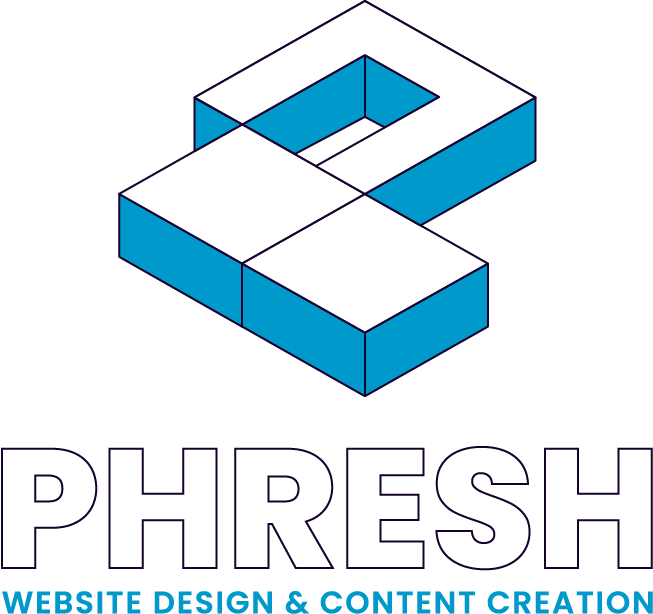Website Design in Harrisburg, PA
Harrisburg, Pennsylvania’s capital city, is a hub of political activity and a growing center for business and culture. As the seat of government, it boasts a unique blend of historical significance and modern development. For businesses in Harrisburg, having a strong online presence is crucial to stand out in this vibrant community. At Phresh, we specialize in crafting innovative, mobile-first websites tailored to the needs of Harrisburg’s diverse businesses.
A Brief History of Harrisburg, PA
Harrisburg’s history dates back to the early 18th century when John Harris Sr., an English trader, settled in the area. In 1785, Harrisburg was officially laid out and named after his son, John Harris Jr. The city became the state capital in 1812, cementing its importance in Pennsylvania’s political landscape.
During the Civil War, Harrisburg was a significant transportation hub for the Union Army, given its strategic location along the Susquehanna River and major railroads. The city also played a vital role in the industrial revolution with its steel production and manufacturing industries.
Today, Harrisburg is known for its rich historical sites, such as the Pennsylvania State Capitol Complex, the National Civil War Museum, and the Susquehanna Riverfront, which add cultural depth to its modern urban environment.
Modern Website Design Trends
In the digital age, a robust online presence is essential for businesses in Harrisburg, PA. Here are some modern website design trends that can help your business shine:
- Minimalism and Simplicity
- Clean lines, ample white space, and a limited color palette create an uncluttered and intuitive user experience.
- Faster loading times and easier navigation enhance user satisfaction.
- Responsive Design
- Ensures that websites adapt seamlessly to various screen sizes and resolutions.
- Provides an optimal user experience across all devices, from desktops to smartphones.
- Dark Mode
- Offers an aesthetically pleasing option that can reduce eye strain.
- Enhances readability in low-light environments.
- Microinteractions
- Small, subtle animations or design elements that provide feedback to users.
- Improve user experience by making websites feel more interactive and responsive.
- Voice User Interface (VUI)
- Allows users to interact with websites through voice commands.
- Particularly useful for accessibility and convenience, catering to a broader audience.
Essential Tools for Modern Website Design
To create exceptional websites, modern designers rely on a suite of advanced tools and platforms:
- Design Software
- Tools like Adobe XD, Sketch, and Figma are essential for creating wireframes, prototypes, and high-fidelity designs.
- These platforms offer collaboration features, allowing seamless teamwork.
- Content Management Systems (CMS)
- CMS platforms like WordPress, Joomla, and Drupal enable designers to create and manage websites without extensive coding knowledge.
- They offer a wide range of themes, plugins, and customization options.
- Website Builders
- Platforms like Wix, Squarespace, and Weebly provide user-friendly drag-and-drop interfaces.
- Ideal for individuals and small businesses to create professional websites quickly and efficiently.
- Front-End Frameworks
- Frameworks like React, Angular, and Vue.js are crucial for building dynamic and responsive websites.
- Offer reusable components and streamlined development processes.
Best Practices in Website Design
Following best practices in website design ensures that your website is user-friendly, accessible, and optimized for performance:
- User-Centered Design
- Prioritizes the needs and preferences of the end user.
- Involves conducting user research, creating personas, and performing usability testing.
- Mobile-First Design
- With mobile devices accounting for over half of global internet traffic, this approach ensures websites are optimized for smaller screens first.
- Accessibility
- Ensures websites are accessible to all users, including those with disabilities.
- Implementing features like alt text for images, keyboard navigability, and screen reader compatibility.
- Performance Optimization
- Involves minimizing page load times, reducing server response times, and compressing images and files.
- Utilizing Content Delivery Networks (CDNs) and implementing lazy loading techniques.
- SEO Integration
- Integrating SEO best practices to improve visibility on search engines.
- Includes using relevant keywords, creating high-quality content, and ensuring proper site structure.
Conclusion
Harrisburg, PA, with its historical significance and dynamic community, is an excellent location for businesses looking to enhance their online presence. By leveraging modern website design trends and tools, and adhering to best practices, Phresh can help your business create a compelling digital presence that resonates with your audience. Whether you need a sleek new website or engaging content, our comprehensive services are designed to elevate your brand in the digital landscape.
For more information or to schedule a consultation, visit our contact page.


